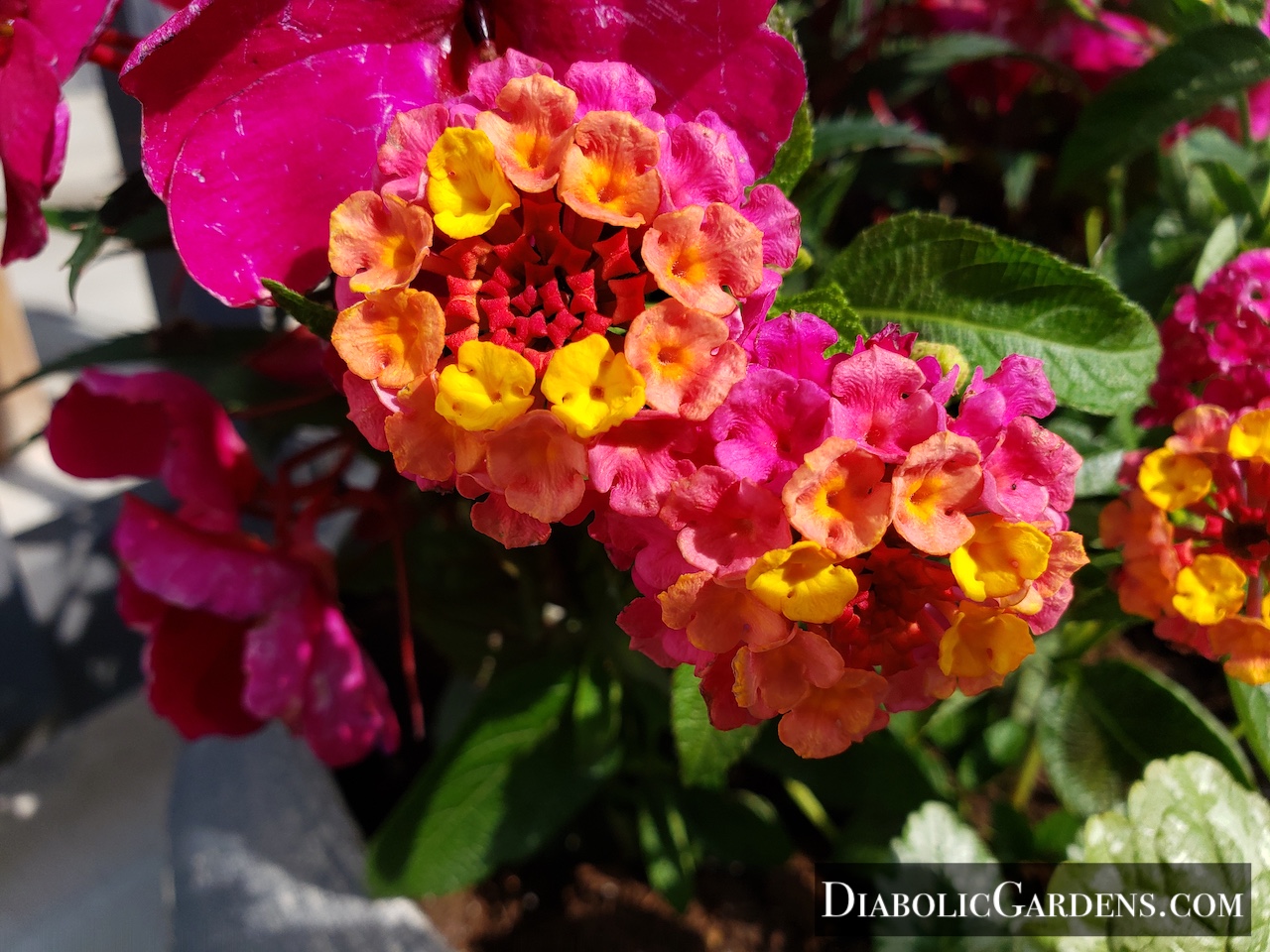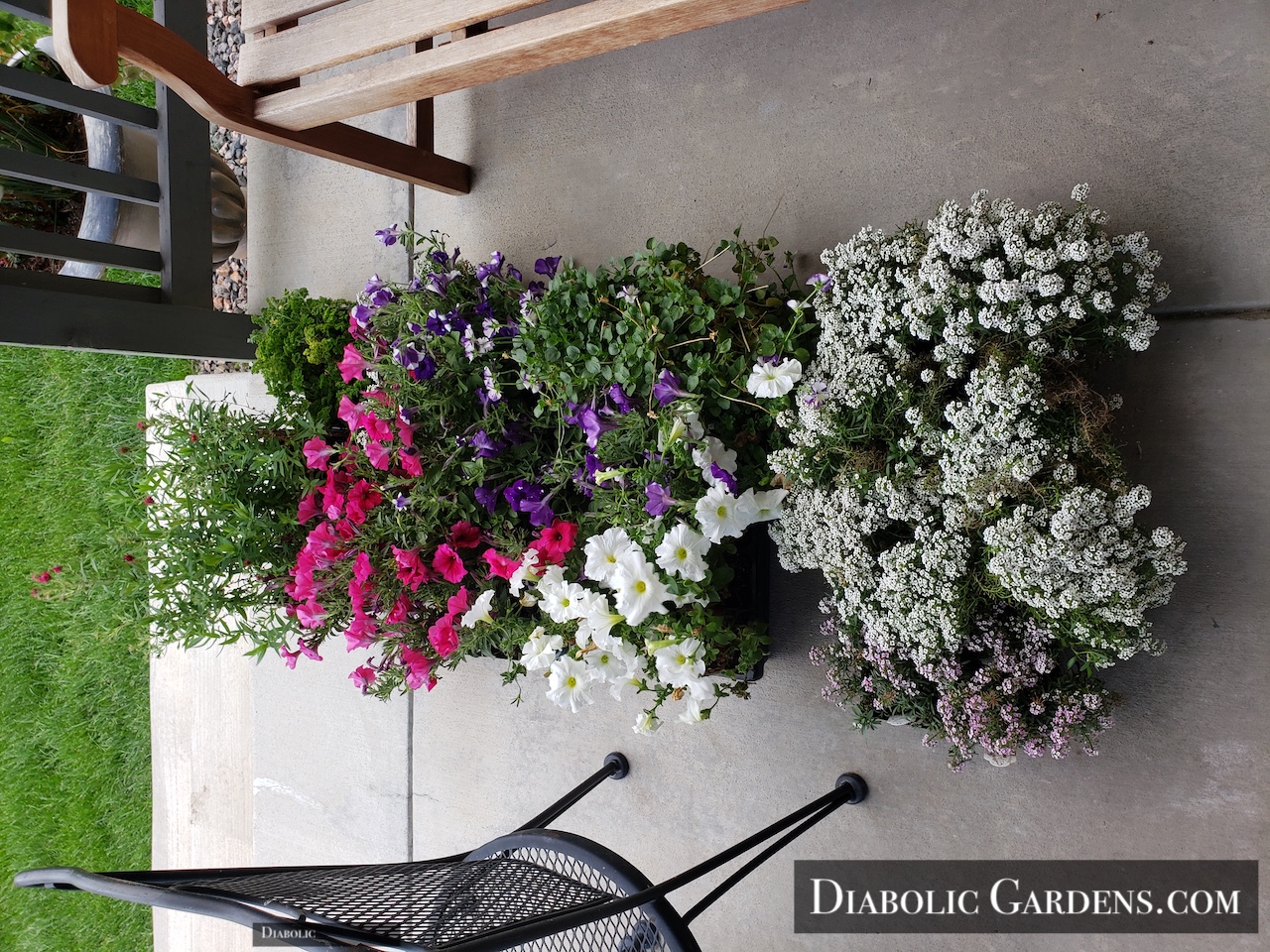Flora - Succulents / Cacti
Flapjacks
Flapjacks, also known as Kalanchoe luciae, are succulent plants with thick, paddle-shaped leaves that can grow up to 2 feet tall.
They produce pale yellow or gray flowers in late winter or early spring.
The leaves are typically a gray-green color with red or pink edges that can deepen in color with more sunlight.

Flapjacks
Kalanchoe luciae
Adopted:
2025-05-02
Size:
Height up to 2 feet
Toxic:
Flapjacks, also known as Kalanchoe luciae or paddle plants, are toxic to humans and animals. The sap, especially from the leaves and flowers, contains harmful compounds that can cause skin irritation, gastrointestinal distress, difficulty breathing, and fainting spells.
Care:
Light:
Flapjacks prefer bright, direct sunlight.
Indoor, place them in a south-facing window or use a grow light.
Outdoor, they can tolerate full sun, but may need partial shade in very hot climates.
Insufficient light can cause the plant to stretch and become etiolated.
Water:
Water only when the soil is completely dry.
Avoid letting the plant sit in wet soil, as this can lead to root rot.
Drought-tolerant, so water sparingly, especially during winter.
Use the bottom watering method to ensure the plant drinks as much as needed
Humidity:
They can tolerate average indoor humidity levels, but may benefit from a tray of water or a humidifier.
Temperature:
Flapjacks prefer temperatures between 60°F and 75°F.
They can tolerate slightly cold temperatures, but avoid frost or freezing conditions.
Soil:
Use a well-draining succulent mix or amend regular potting mix with perlite, sand, or gravel to improve drainage.
Avoid using organic mulch, as it can retain moisture.
Repot every year during fall after blooming, using a pot 10% larger than the previous one
Fertilizer:
Fertilize lightly during the growing season, once or twice.
Use a balanced liquid fertilizer diluted to half strength.
Stop fertilizing during the dormant winter months.
Pruning:
Remove damaged or unhealthy parts.
This includes deadheading spent flowers, trimming back leggy stems, and removing any offsets that aren't desired.
Propagation:
Flapjacks can be easily propagated through stem cuttings, leaf cuttings, or offsets.
Stem cuttings are taken from healthy stems, allowed to callous, and then planted in well-draining soil.
Leaf cuttings can be obtained from healthy, fallen leaves or by snipping leaves from the plant and allowing them to callous before planting.
Offsets, which are small, new plants growing along the flower stalk, can also be separated and planted.
Also known as Paddle Plant
The leaves are designed to minimize sun exposure, with edges pointing upward and a white, powdery bloom on the surface for extra sun protection.
GROW LOG:
- 5/2/2025 - Adopted Danny

